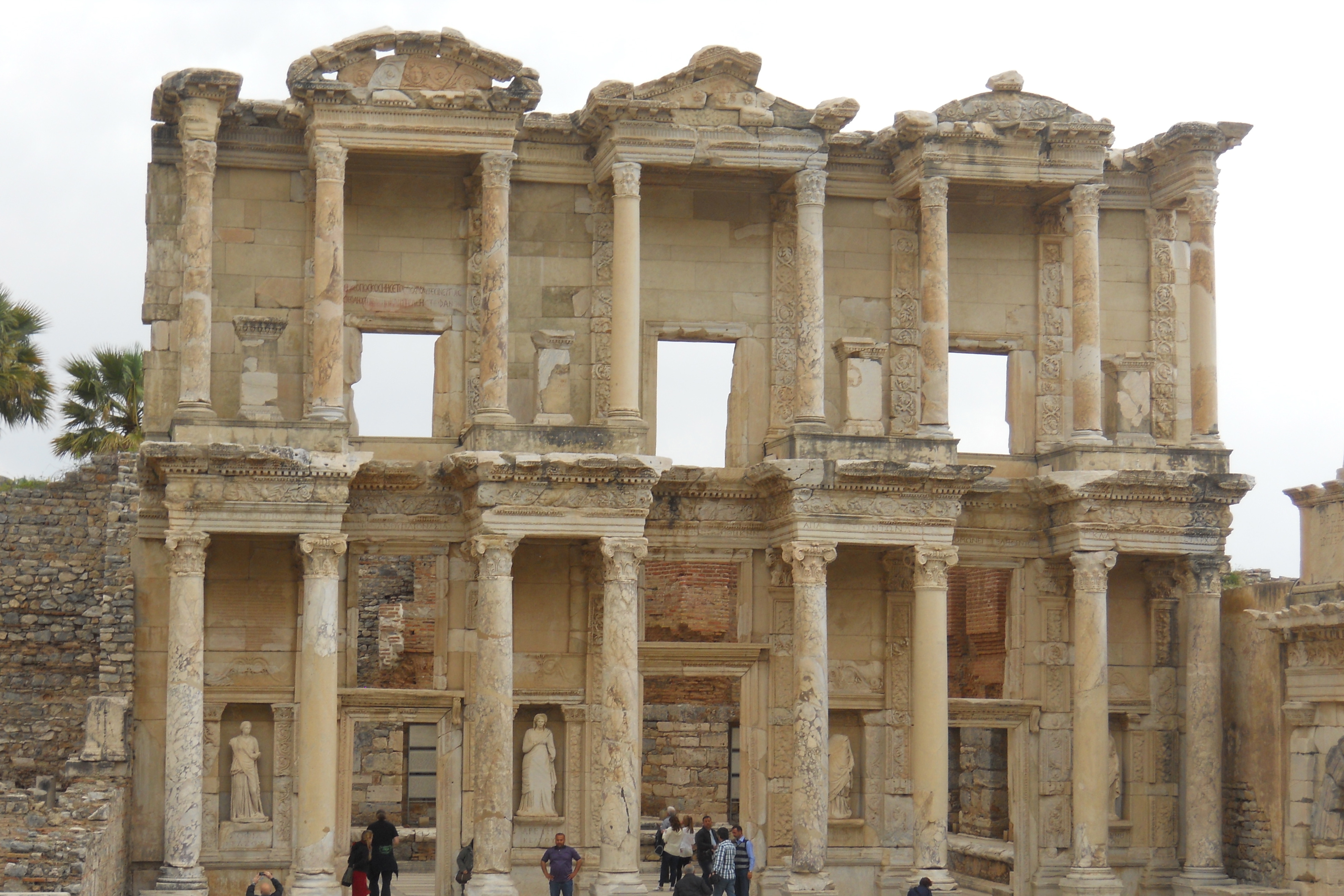One of the great drives in life is for meaning, for living fully and deeply. This is certainly true for teenagers, but it is also true for adults. As a teenager, I remember feeling a great fear that my life wouldn’t be meaningful. That as I got older my job and my society would deaden my dreams and my full humanity. I think Langston Hughes’ poem, A Dream Deferred, gets at this fear. I feared my life would “dry up” or “fester.” This fear was, on the one hand, a great distorting influence. So many times, I would hear of a potential job or opportunity and I would reject it as not good enough or I’d feel the daily requirements of the job, getting up early, sitting at a desk, etc. were walls that would imprison me. On the other hand, the need for meaning drove me to take chances. It drove me to hitch-hike across the country a few times and across Europe and to join the Peace Corps. It drove me to study philosophy, to protest against wars and to get to know people who knew what meaning tasted like.
As teachers, when we enter into the classroom, we have to remember that our students have this same drive for meaning. They might feel themselves pushed to the edge, to take chances, just like we did, but not be aware of why. We have to teach students how to look underneath their interests and fears for the meaning waiting there. We have to understand what it is that we seek in order to better understand and help uncover what anyone else seeks. By better understanding our own drives and needs we are more capable of understanding and feeling those of others. Other people become more alive to us. We have to remember the times when our lives felt full of meaning so we know what makes a moment or a life meaningful and we can make our teaching be the discovery of that drive. And we don’t do this by telling students what to think. We do it by mentoring students and ourselves in self-discovery and questioning.
In order to better understand what works for you so you can better help your students, try the following practice. It involves inquiry and visualization. Inquiry does not always have to be hard work. It can sometimes be relatively easy and fun. It will take just a few minutes and can be adapted to the classroom. You could record this and then play it back so it’s easier to practice. If you have a lazyboy or a couch, feel free to use it for this exercise. Or if you’re in your classroom and the chairs are not so comfortable, just find the most relaxing way to sit in the chair.
Take a moment to sit back and relax. Just settle into the chair. Close your eyes now if you can, or in a moment or two, as you feel comfortable. Its good to feel comfortable, isn’t it? Especially in doing school work. Focus just on breathing in and out. Just follow the breath in. Do you feel how your body expands a little as you breathe in? Then what happens as you breathe out? Does your body relax, settle down, let go?
Pause between each sentence of the directions. Read in an easygoing, comforting yet focused voice.
Now think of a time that you had an illuminating, educational, engaging experience, where you felt truly alive, in or out of a classroom. Just let come to mind any experience where you felt involved, that had a sense of meaning and depth to it. It could be a walk you took, a trip, a conversation. Just see it in your mind. Let whatever comes to you be there for you. Where was it? Who was involved? When did it occur? What was around you?
What made the experience so engaging, illuminating? What did you learn from it? What did the experience feel like?
Now, just sit for a moment with the feeling of being engaged, of finding meaning. Sit with the feeling that your life is meaningful and full.
Afterwards, ask yourself: What lessons can I take from this experience and apply to my classes? To myself?
Another practice is to make the classroom a place where the deep questions in student’s lives can be uncovered, respected and made part of the curriculum. When I taught a high school course called The Historical Development of Human Ideas, one of the overarching understandings I wanted to teach was that history is the story of human interdependence. Change occurs through the interaction of multiple, maybe innumerable, forces. Out of this came essential questions like: How are the various forms of interpersonal human suffering created in and by a culture? So, on the first day of class, I asked them to write down: What are the biggest problems you see in the world today? We analyzed these, looked for the central problems, and then I told the students that their final assessment would be answering the question of how and why their problem developed. They would have to follow a strand through history and the different cultures we studied of the specific and defined “problem” in human history that they perceived and picked out. They would have to describe and analyze the nature and extent of the problem and any forces, beliefs, conditions (technological, historical, environmental, political, artistic, psychological, scientific, religious or other factors) which greatly increased or decreased the problem. In this way, their own questions became the class.
*Photo is of the library of Celsus in Ephesus, Turkey.


